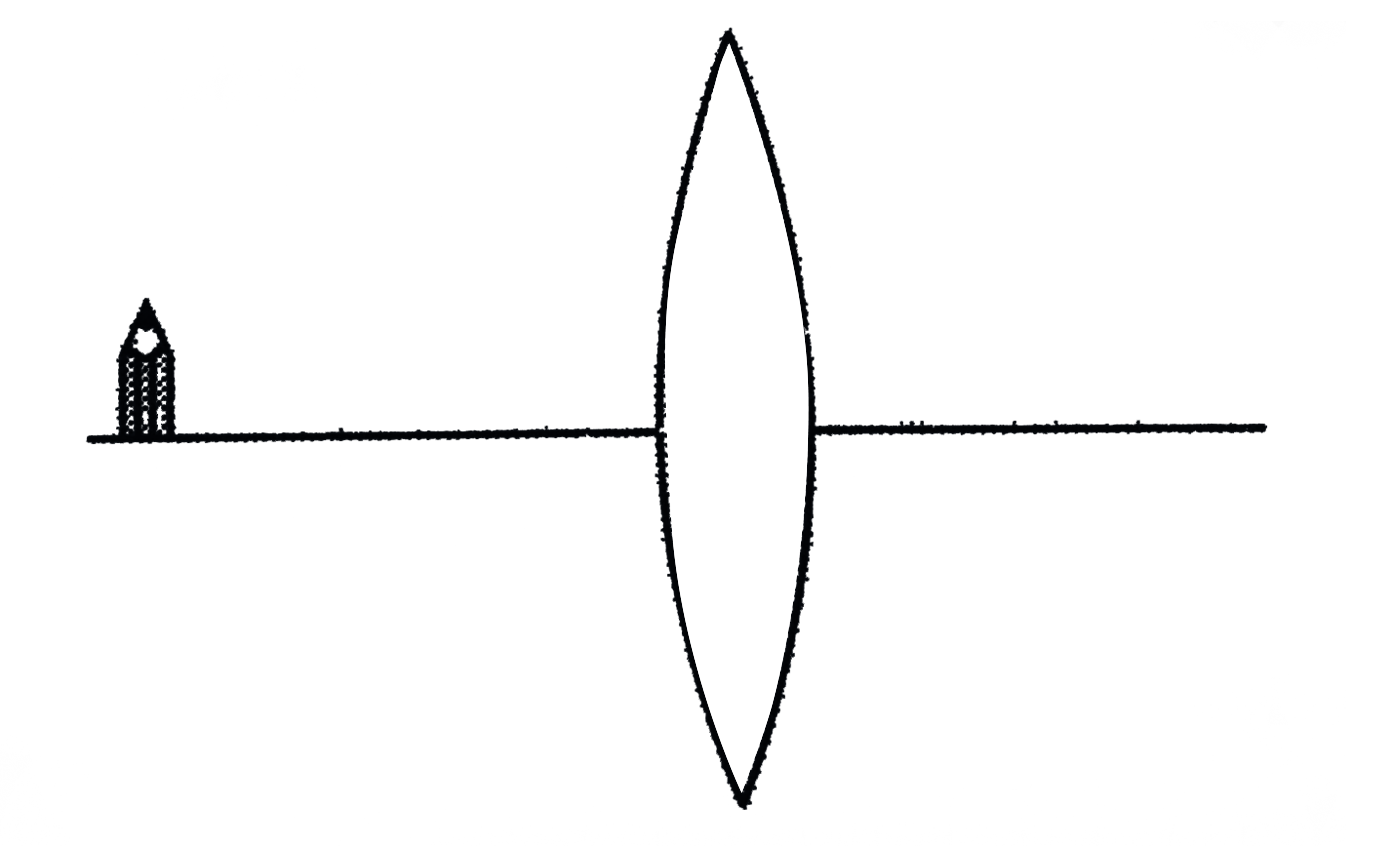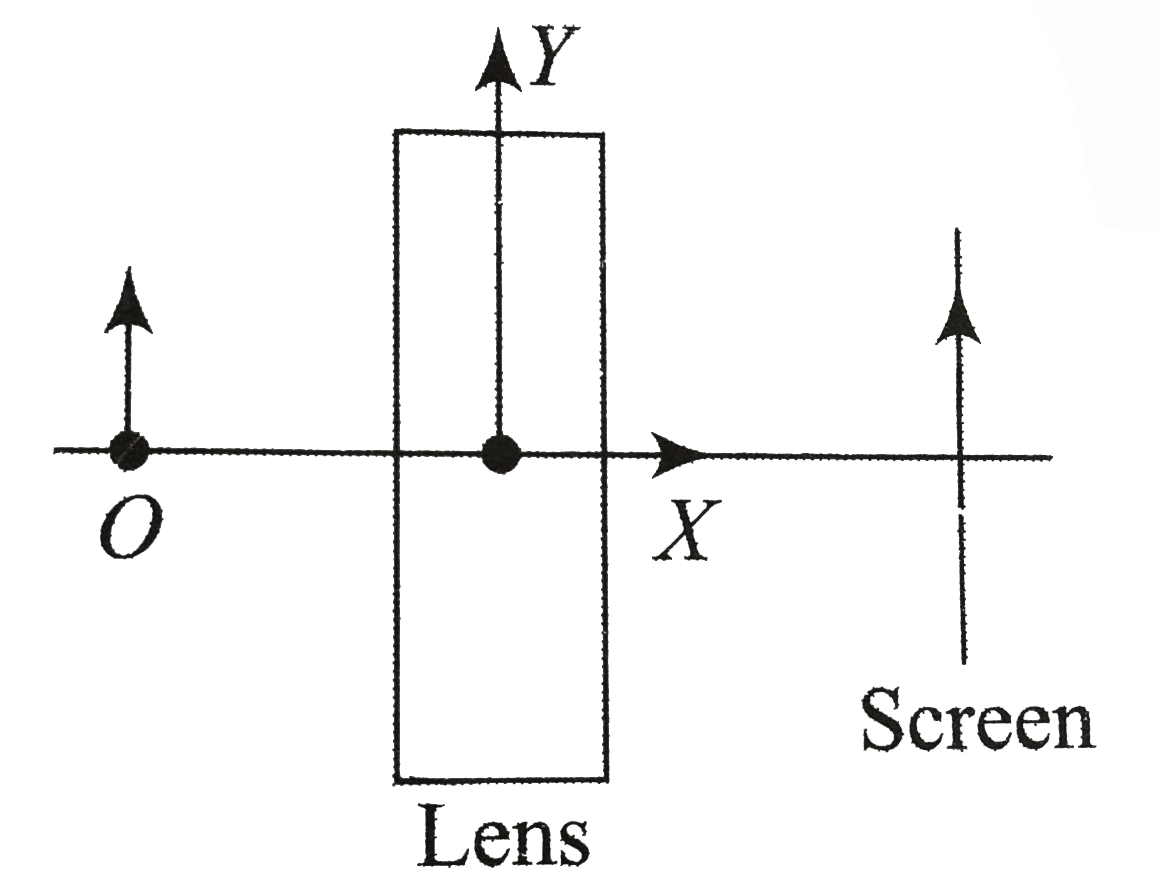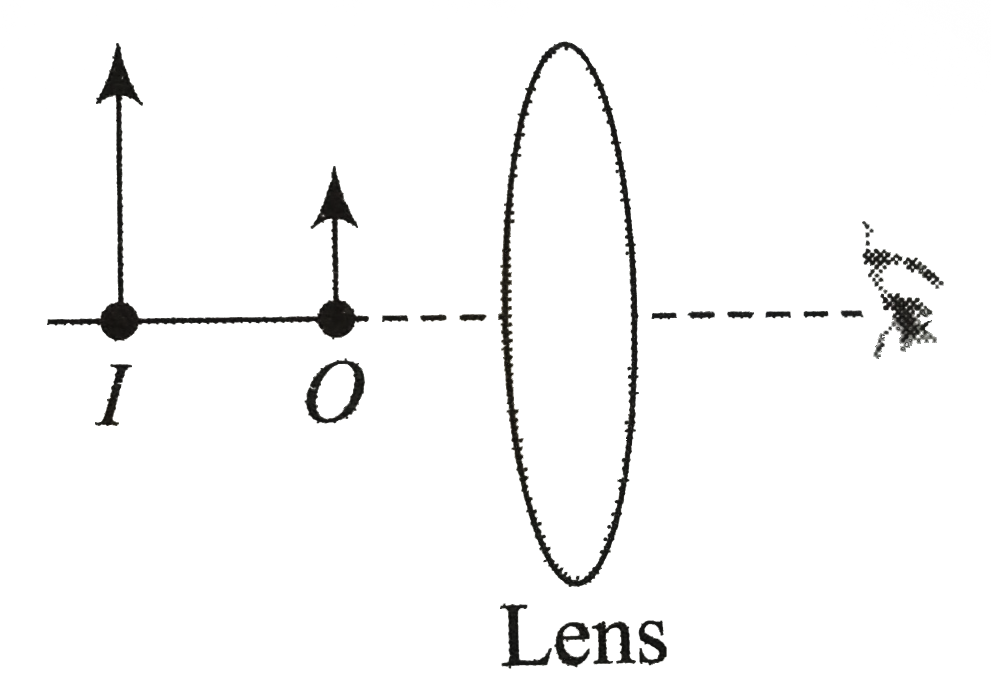Complete Solutions to Exercise1.6 of chapter GEOMETRICAL OPTICS of Class 12 book with complete answers and questions
| Class 12 | PHYSICS |
| Chapter | GEOMETRICAL OPTICS |
| CENGAGE PHYSICS | Exercise1.6 |
| Number Of Questions | 15 |
| Academic Year | 2023-24 |
Choose the following statement a True of False.
a. The real image formed by a lens is always inverted.
b. The image formed by a lens is always inverted.
c. The image formed by a concave lens is always erect and diminished.
d. An air bubble inside water acts like a concave lens.
e. The distance between a real object and its real image formed by a single lens cannot be more than 4f.
f. I an object is moved at a constant speed toward a convex lens from infinity to focus, then its image moves slower in the begninning and faster later on, away from the lens.
g. The focal length of a glass `(mu=1.5)` lens is 10 cm in air. When it is completely immersed in water its focal length will become 40cm.View SolutionThe layered lens shown in Figure. , is made of kinds of glasses. How many and what kind of images will be produced by this lens with a point source placed on the optical axis? Neglect the reflection of light at the boundaries between layers.
 01:05View Solution
01:05View SolutionWhat is the relation between the refractive indices` mu,mu_(1) ` and `mu_(2)` if the behaviour of light rays is shown in Figure.
 01:04View Solution
01:04View SolutionCan a single lens ever form a real and erect image?
00:42View SolutionA pencil of height 1cm is placed 30cm from an equiconvex lens, refractive index `n=3//2` , radius of curvature for both the surfaces, `R_(1)=R_(2)=R=10 cm`
Find the location of the image and descrive characteristics.
 01:48View Solution
01:48View SolutionIf in the previous example, we use a diverging lens with a focal length `10.0cm` to form an image of the pencile kept 15 cm in front of the lens, locate and characterize the image.
 01:10View Solution
01:10View Solutiona. Figure (a) shows the optical axis of a lens, the point source of light A, and its virtual image `A^(')` . Trace the rays to find the position of the lens and of its focuses. What type of lens is it?

b. Solve the problem similar to the previous one using Figure.
 02:12View Solution
02:12View SolutionA biconvex lens has radii of curvature 20 cm and 40cm. The refractive index of the material of the lens is 1.5. An object is placed 40cm in front of the lens. Calculate the psition of the image.
01:31View SolutionA converging bundle of rays is intercepted by a biconcave lens. The radii of curvature of both surfaces are 20cm and the refractive index of the material of the lens is 1.5. If the rays originially converged to a point 10cm in front of the lens, where will they now converge after passing through the lens?
 01:37View Solution
01:37View SolutionA candle is placed 15cm in front of a lens. If the image of the candle captured on a screen is magnified two time, calculate the focal length and nature of the lens.
 01:01View Solution
01:01View SolutionA man wishes to view an object through a convex lens of focal length 10cm. The final image is to be eret and magnified 2 times. How far from the object must he hold the lens?
 01:15View Solution
01:15View SolutionAn object is placed 12cm in front of a lens to form an image on a screen. The size of the image is twice that of the object. What is the distance between the object and the image?
01:34View SolutionAn object is placed in front of a concave lens. A virtual image of the object is formed on the same side of the lens as the object but is closer to the lens. Will rays form this image refract once again at the lens to form a second image?
01:30View SolutionA biconvex lens of focal length 20cm, made of glass or refractive index 1.5, has water `(mu=1.33)` on one side and air on the other. An object is placed 15 cm form the lens on the side with water. Where is the image formed?
03:20View SolutionA point source is placed on the axis of a symmetrical convex lens of focal length 20 cm at a distance of 40cm. If the lens is raised by 1cm, by how much will the image be lifted relative to the previous axis?
01:49View Solution
Exercise1.6 questions and complete solutions for chapter GEOMETRICAL OPTICS of CENGAGE PHYSICS (HINGLISH) of Class 12
